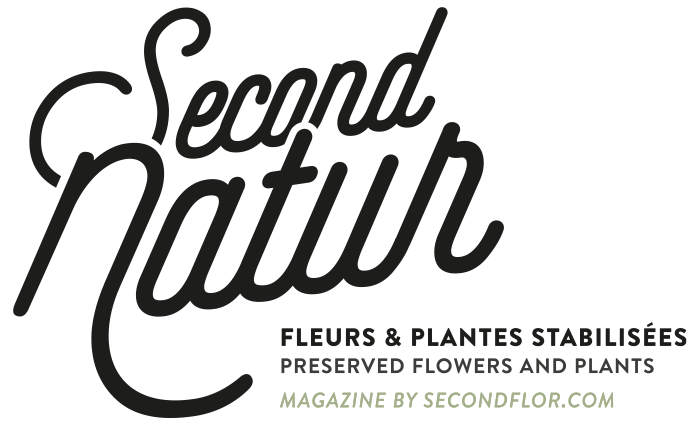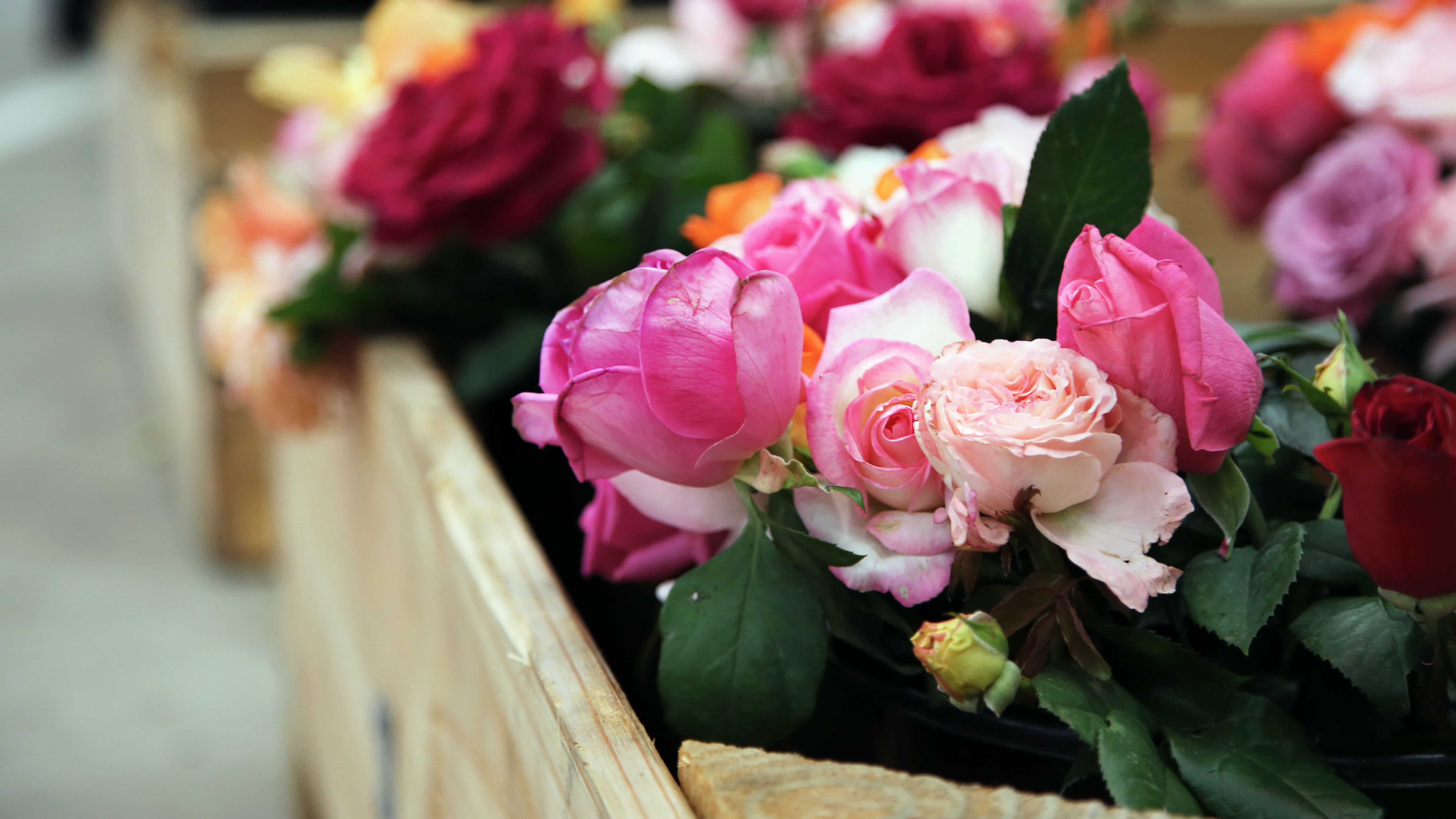The stabilised industry is growing exponentially, offering professionals many durable and aesthetically appealing products. However, it is essential to remain vigilant in the face of the emergence of plants from China on the market. We discuss them in this article.
Ecology
Why are preserved flowers and plants environmentally friendly? All the details to answer this question can be found in our articles. As well as being eco-friendly, our products are the future, so stay tuned for more.
We all learnt the principles of photosynthesis at school, by means of which green plants purify the air by turning the CO2 in the air into oxygen. When commissioning preserved plant walls, you and your customers may well wonder whether this principle also applies to preserved vegetation? This article explains it all.
Dutch growers use heated greenhouses to speed up production processes and supply many countries with fresh flowers all year round. The current energy crisis is having a major impact on their business and margins. In this context, the issue of whether to suspend or carry on arises. 8% of growers in the Netherlands are planning to go out of business this year. Preserved flowers offer a sustainable alternative to florists so that they can reduce their losses and energy consumption.
7,000 km is the average distance a fresh rose travels from Kenya to Holland. Importing fresh flowers into Europe is very costly. The transport of fresh and preserved flowers differs greatly due to the fragility of freshly cut flowers. We share their journey with you in this article.
As we mentioned in the article on the eco-footprint of preserved flowers and plants, the production of fresh flowers has a negative impact on the environment. However, this environmental impact can be reduced or even avoided through the production of preserved flowers. Read more about it in this article.
Fresh flowers are beautiful, pure, and natural… This temporary pleasure is however not without consequences for the environment. Between the production, the transport and the too many losses, fresh flowers fall in disgrace of the most ecology-minded of us. Preserved flowers are selected as an alternative for ecological and economic reasons.
Freshly-cut flowers are a MUST for florists. Yet how many of them are produced and end up in the dustbin? A selection is made as soon as they are produced. Not every flower that comes out of the ground is suitable for sale. The same applies to flowers that are destined for stabilisation. On average, one flower out of ten does not pass the first sorting. What about the rest?







